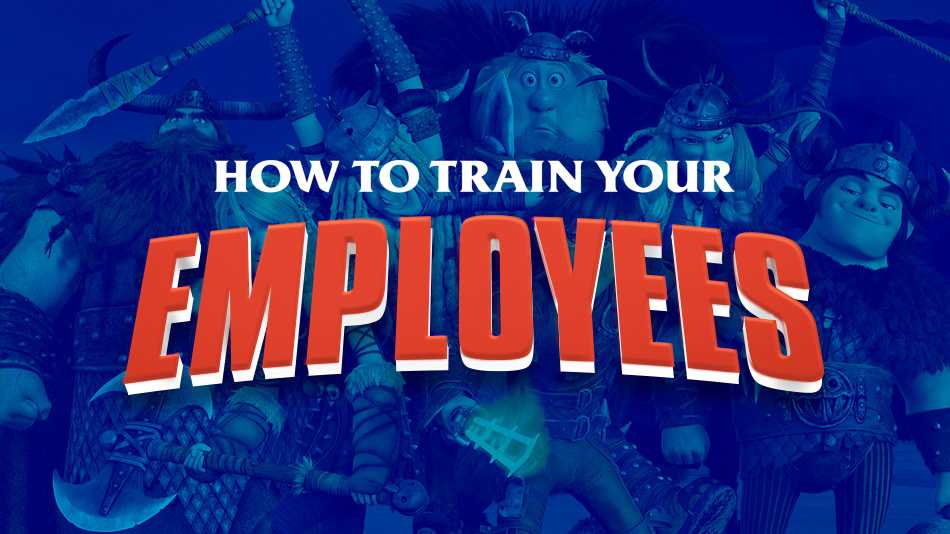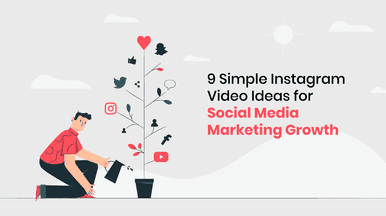You may have the best business strategy out there but the success of your company depends on one golden resource- people. Employees are your loyal foot soldiers ready to dive into battle with you.
But are you noticing them making a lot of mistakes or having no clue what to do in certain critical situations? Before you start questioning the competencies of your employees ask yourself- Have you taken the best effort to train your employees? Do you have a solid onboarding and training strategy for new employees?
What are the best and most effective ways to train your employees?
We have created a comprehensive list of the best techniques to train your employees.
1. Teach Why Before How
Too often it happens that companies cram a ton of information into the employee during training sessions. So much so that by the end of the session they end up asking ‘So why am I learning this?’.
- Before starting any training session, clearly, state what your employees should be able to do by the end of the program.
- By planting this idea before you begin training, they automatically think about how they can apply what they learned to what they do at the workplace.
Human beings learn new things when there is a need to learn. So remember to teach why before how.
2. Practice Is The Best Training
At the end of the day, the best way to learn the job is to do the job.
- Have your employees practice what they learned after a session. Also by the end of the day, you get work done so you kill two birds with one stone.
- Make sure that you’re employees are practicing what they learned after a session the same day itself so what they have learned is fresh in their memory.
3. Encourage employees to share their expertise.
Each of your employees has some special skill that they are proficient in. Ask them to share it.
Set aside an hour of the week for the employee to employee training sessions. There are many benefits to doing so
- The person taking the sessions will learn even more while preparing and the other employees have a chance to learn skills of other functional areas of the department.
- The sessions need not be all about strictly work, they could be about productivity hacks or personal finance tips. These can help employees in personal development
- This gives them a chance to practice speaking in public and developing self-confidence.
- These sessions are interactive so it’s a good opportunity to build a community.
- If you are worried about not having enough time for these sessions take a look at the Learn at Lunch program that many companies are incorporating today
4. Expose employees to networking events.
Organize or send your employees to conferences and seminars. Attending these events give them a chance to meet and interact with people who do the same work.
They can help them understand what the trends in the market are and how their competitors are doing things differently. All of these events are used to help the individual grow into the position instead of having someone simply tell him what to do.
Also encourage them to attend webinars regularly and allow them to constantly learn to grow.
There are many courses available on Coursera and Edx that offer a wide range of topics to choose from.
5. Training Videos
Generally, senior employees of the organization or hired trainers are used to train employees. But who is going to address any confusion once the session is over?
This is where training videos have a huge advantage. Training with videos are arguably the best and most effective way to train employees because:
- Employees can review videos anytime
- They can view them anywhere and even on their smartphones and in the convenience of their home
- Live sessions are not always perfect, there will be times when the speaker will drift off and lose the attention of the viewers. With video, you can make sure that everything you need to say is said in the best way possible- nothing more and nothing less.
Animated video is a fun way to achieve this. By combining visual and audio stimulation, the video provides two different avenues for new information to be processed into long-term memory. Whether you’re demonstrating how to use a complicated software system or conveying the details of an acquisition, using video is the best way to ensure that viewers retain the information.







